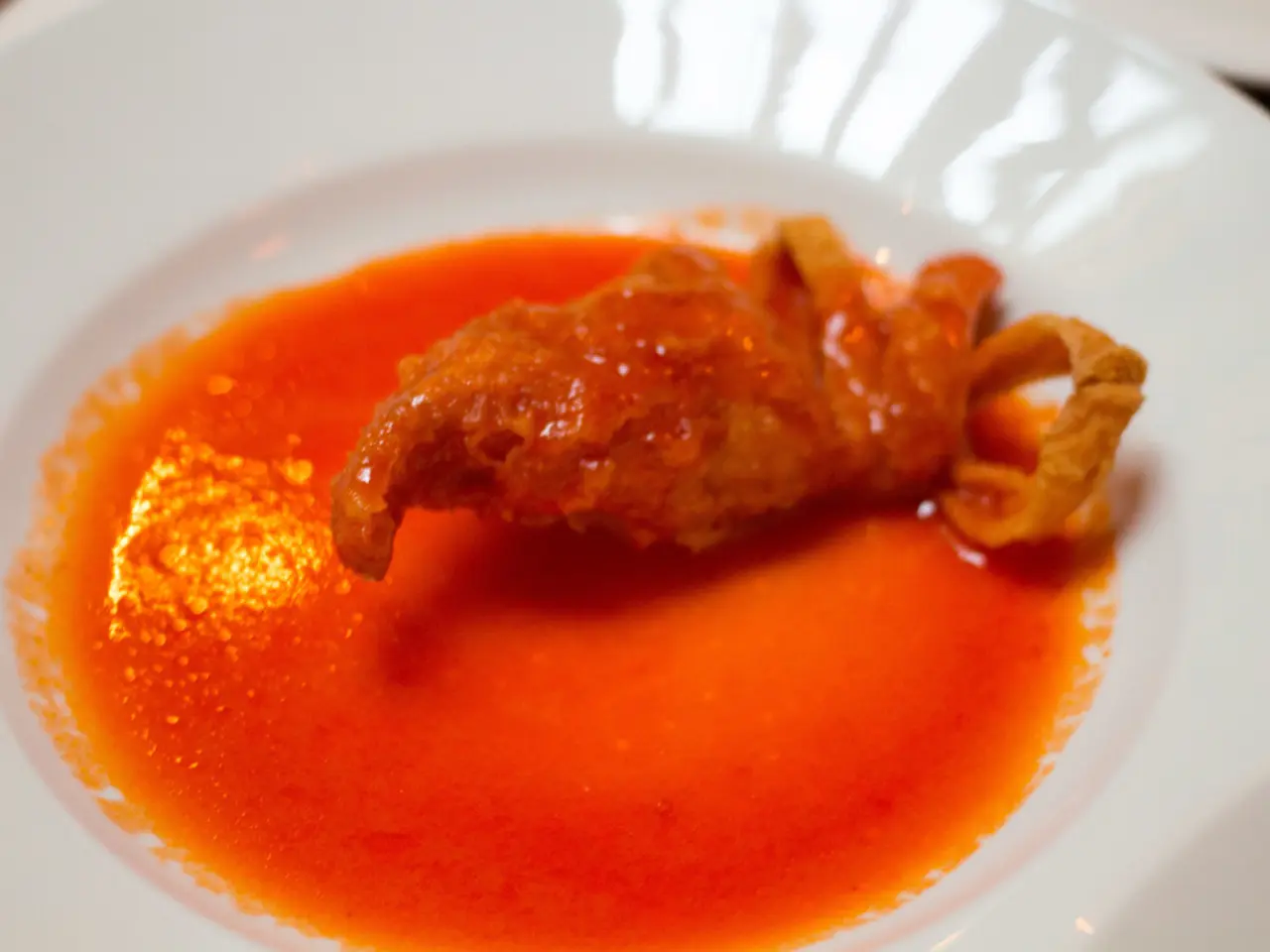Experiencing chemotherapy: A guide to its sensations and coping strategies
Chemotherapy is a common treatment for cancer, targeting rapidly-growing cancer cells. While it can be effective, it also comes with a range of side effects that may impact a patient's quality of life. This article focuses on the prevention and management of two key side effects: chemotherapy-induced peripheral neuropathy (CIPN) and pain.
CIPN can cause symptoms such as tingling, burning sensation, numbness, weakness, pain or ache, cramps in the feet, and an inability to feel hot or cold sensations in the hands or feet. While pain is not a common side effect of chemotherapy, it can occur during or after treatment. Not every person receiving chemotherapy will experience these side effects, but for those who do, early intervention is crucial.
Currently, no established pharmacological prevention or cure exists for CIPN. However, various non-pharmacological interventions show promise. These include photobiomodulation (light therapy), regional limb cooling (cryotherapy), exercise therapy, alternating magnetic field therapy, and acupuncture.
Clinical trials are underway testing light therapy applied from the first day of chemotherapy to prevent CIPN symptoms in breast cancer patients. Regional limb cooling involves cooling the limbs to reduce blood flow and chemotherapy exposure to nerves, potentially preventing or reducing CIPN severity. Exercise therapy may alleviate CIPN symptoms by improving physical function, reducing neuropathic pain, and enhancing quality of life.
Alternating magnetic field therapy, though less studied, may reduce pain via neurological pain modulation pathways. Acupuncture is recommended by some guidelines as a complementary treatment to manage CIPN-related pain when not adequately controlled by standard methods.
In addition to CIPN, pain can occur due to various reasons such as extravasation (an accidental complication where the injected chemotherapy drug leaks out of a blood vessel and into the surrounding tissue, causing acute burning pain and swelling at the injection site). Some chemotherapy drugs can lead to bone or joint pain, including albumin-bound or nab-paclitaxel, ixabepilone, methotrexate, docetaxel.
If a person is experiencing pain while receiving chemotherapy treatment, they should speak with their cancer team and doctor. Therapies that may help manage chemotherapy-related pain include acupuncture, hypnosis, massage therapy, physical therapy, biofeedback, and activities that reduce stress such as meditation and yoga, moderate exercise such as walking, biking, and swimming, and a moderate and balanced diet.
It's important to note that the length of chemotherapy treatment depends on the type of cancer and how advanced it is, the goal of chemotherapy, and the type of chemotherapy. Side effects such as fatigue, hair loss, bruising and bleeding, infection, nausea, vomiting, constipation, diarrhea, difficulty swallowing, mood changes, changes in sexual function and libido, bladder and kidney changes, fertility problems, appetite loss, memory problems, problems with sleeping, abdominal pain and cramps can also occur.
After chemotherapy, it takes time for the immune system to recover. A person can aid recovery by doing activities that reduce stress, taking part in moderate exercise, eating a moderate and balanced diet, avoiding or quitting smoking, and wearing protective clothing and sunscreen when in the sun.
In summary, while chemotherapy can have a range of side effects, early intervention and management strategies exist for CIPN and pain. These strategies focus on non-pharmacological interventions such as photobiomodulation, cryotherapy, exercise therapy, alternating magnetic field therapy, and acupuncture, recognizing that more high-quality research is needed to confirm and standardize these approaches. If a person is experiencing pain during chemotherapy, they should speak with their cancer team and doctor for guidance on managing their symptoms.
- Chemotherapy often targets rapidly-growing cancer cells, but may cause chemotherapy-induced peripheral neuropathy (CIPN), resulting in tingling, burning sensations, numbness, weakness, pain, and an inability to feel hot or cold.
- Although pain is not common in chemotherapy, it can occur during or after treatment, and for those who do experience it, finding relief is crucial.
- Clinically, light therapy, regional limb cooling, exercise therapy, alternating magnetic field therapy, and acupuncture show promise in managing and potentially preventing CIPN.
- If chemotherapy-related pain occurs, alternatives like acupuncture, hypnosis, massage therapy, physical therapy, biofeedback, moderate exercise, and stress-reducing activities could be beneficial.
- Post-chemotherapy, maintaining a moderate exercise routine, following a balanced diet, avoiding smoking, and adopting stress-reducing practices like meditation and yoga, can help aid the recovery of the immune system.




